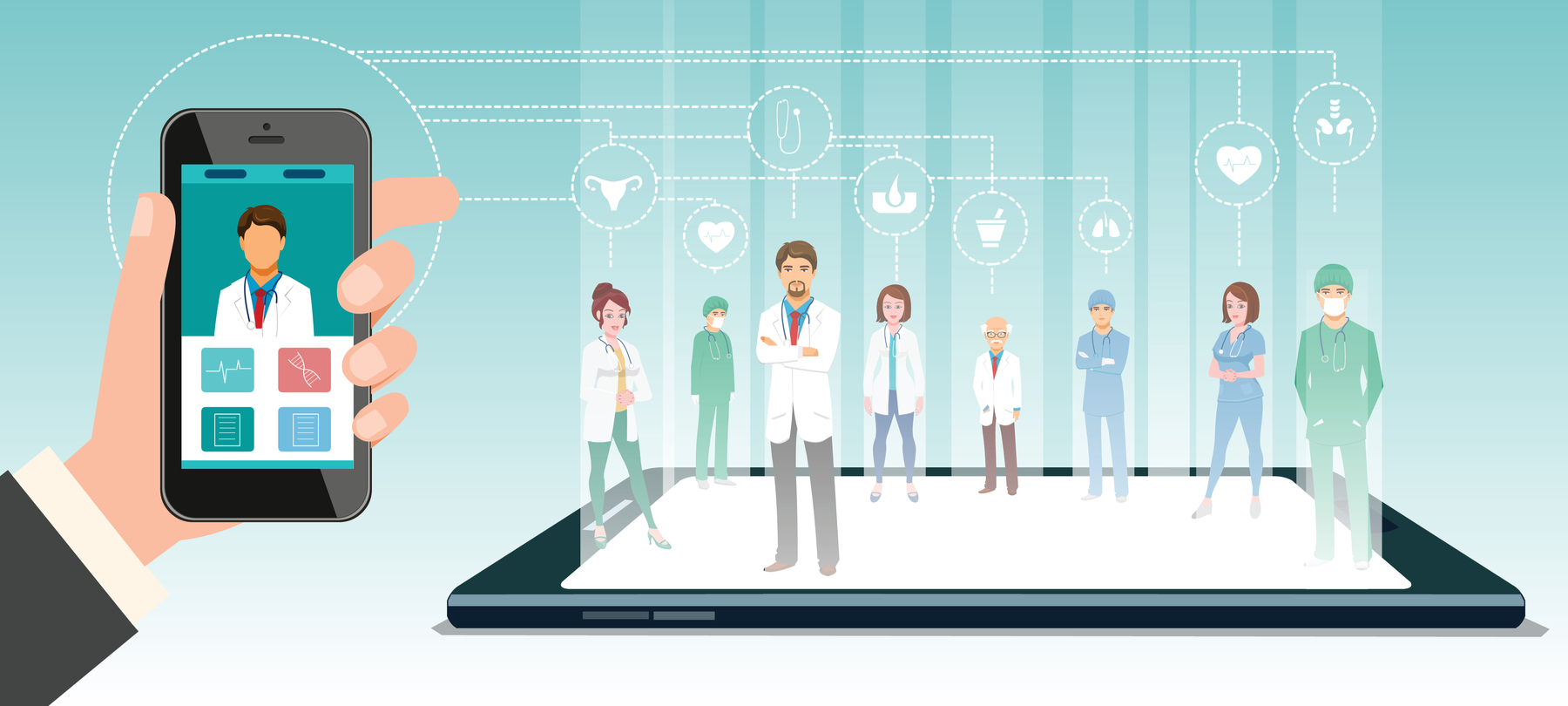With many industry conferences, events, and in-person meetings stalled for another 12 to 18 months due to travel restrictions and health concerns, healthcare marketers are scratching their heads over how to best engage with providers.
To find out what works in our new normal, Butler/Till Health surveyed more than 200 U.S.-based healthcare providers (HCPs), including gastroenterologists, hematologists, neurologists, and dermatologists. The results of the study point to non-personal promotions, focused on digital channels that providers are now using and depending on more than ever, as especially effective for engaging during times of crisis.
Here’s a closer look at some of the key findings, helping to point marketers to the most effective channels for reaching HCPs now.
Healthcare professionals are spending more time on media and communication channels.
When social isolation and business disruption are high—as they are now during this pandemic—HCPs across specialties spend more time with online media channels, such as professional communities, social networks, and e-newsletters. For instance, 63% of gastroenterologists and 54% of hematologists indicate an increased use of digital websites to stay up to date on the latest information, trends, and announcements within their areas of specialty, and most anticipate continued increased use after COVID-19.
These changes in audience behavior can help marketers drive media strategy and recommendations. In fact, sustained increases in the use of media and communication channels illuminate an opportunity for marketers to connect with physicians more often and, likely, in more interesting and in-depth ways.
Opportunities exist at a high level, too, including social networks and online communities, as well as medical journals. Marketers could also explore targeting HCPs by the National Provider Identifier (NPI) number with video content outside of traditional endemic environments. While the technology side isn’t fully developed and match rates are small, involved brands can be on the cutting edge of an effective new targeting capability.
Digital channels are increasingly effective for physicians to learn about new treatments and advances in medicine.
With social distancing practices preventing in-person interactions, such as physician conference events, peer gatherings, and in-office meetings with sales representatives, providers are increasingly turning to the digital channels mentioned above. They are depending on these channels to learn about new treatment options, trials, and advances in therapies.
For instance, 20% of hematologists and 54% of gastroenterologists report an increase in their use of social networks. A 43% decrease in reliance on sales reps for information and guidance accounts for the lack of in-person interaction and hints toward the ineffectiveness of virtual detailing.
This trend creates new opportunities for marketers to engage physicians in deeper discussions. No longer is the conversion hinged upon banner ads. Instead, brands have a chance to supply them with detailed information, such as custom digital content rooted around disease state education and the new availability of clinical data, or a priority resource hub that supports telemedicine interaction between HCPs and their patients for certain disease states.
Patient and physician conversations have shifted in format, but the interactions are largely the same.
A shift to virtual appointments has occurred across specialties, a trend that is to be expected during a pandemic when curbing the spread of disease by limiting contact is a top priority. What’s surprising is that patients are interacting with their doctors virtually as much as they would in pre-COVID in-office visits.
They are largely continuing to communicate about similar topics—78% to 85% are requesting new treatment, 80% to 84% are reporting new symptoms, and 89% to 95% are voicing concerns about their current treatment.
What’s changed is the volume of patients—it’s decreased, as new patient referrals fell substantially, between 70% and 74% for hematologists and gastroenterologists, with other surveyed specialties experiencing slightly less of a decrease.
What does it mean for marketers? Many non-personal promotional campaigns include an element targeted toward consumers to initiate a patient/physician discussion. For now, consumer awareness and engagement efforts should continue, but with adjustments. Since new patient referrals are low, targeting strategies for direct-to-consumer campaigns may need to shift to those on competitive treatment and those who are familiar with their condition, as opposed to new to category or newly diagnosed patients.
It’s too soon to tell if virtual conferences and meetings will be adopted and valuable by physicians.
Survey results were mixed in terms of physicians who agreed or disagreed that virtual conferences—which have become part of the new norm, at least for now—are as valuable as in-person events. Many surveyed physicians may not yet have experienced this shift or may have only experienced it with minor learning events, as opposed to a marquee conference within their specialty.
A sampling of their thinking on conferences includes: 52% of hematologists indicate an increased use of virtual conferences during COVID-19; 44% of neurologists believe virtual conferences will provide the same level of educational opportunities as in-person conferences; and 63% of gastroenterologists anticipate increased use of virtual conferences after COVID-19.
A shift to a virtual format provides opportunities for more virtual content (with or without sponsorship) to engage and educate HCPs. With the move to virtual conferences, attendees and presenters will continue to see the benefit of content-on-demand and some conferences may change up their future plans altogether to be more digital-first.
The Key to Reaching Providers Today
We’re living in an entirely new world, with marketers, brands, and their audiences all scrambling to adapt and adjust to different ways of working.
It’s likely the trends revealed in our study—increased time online, dependence on digital channels for guidance, and the use of virtual visits and conferences—will continue as long as social distancing practices prevent in-person interactions; and some of these behaviors will simply become the new normal. As we continue to see how our new norms require adaptations of marketing and media plans, gaining a better understanding of how physicians are adapting to these changes can ensure alignment between medium and message and help to deliver impact for marketers in times of uncertainty.






